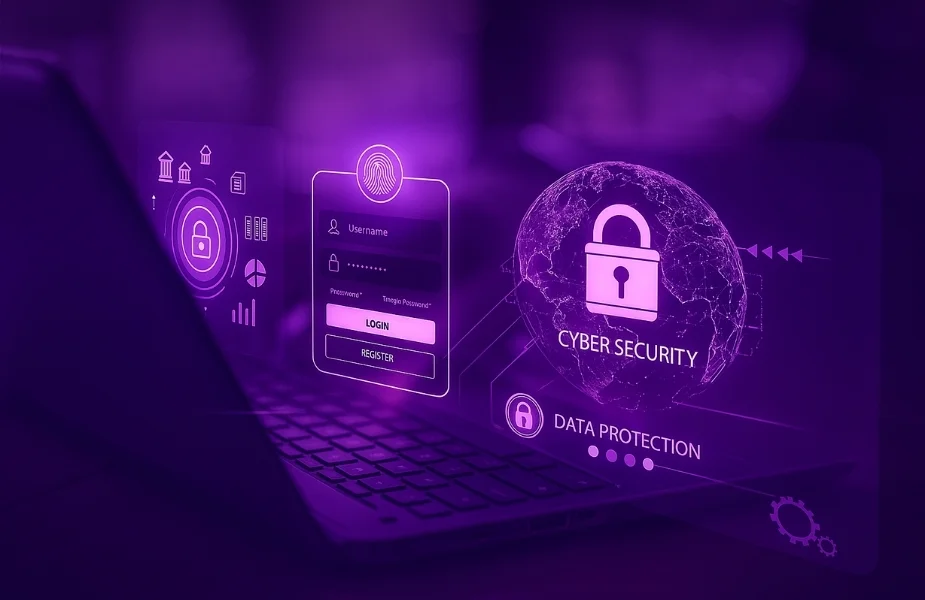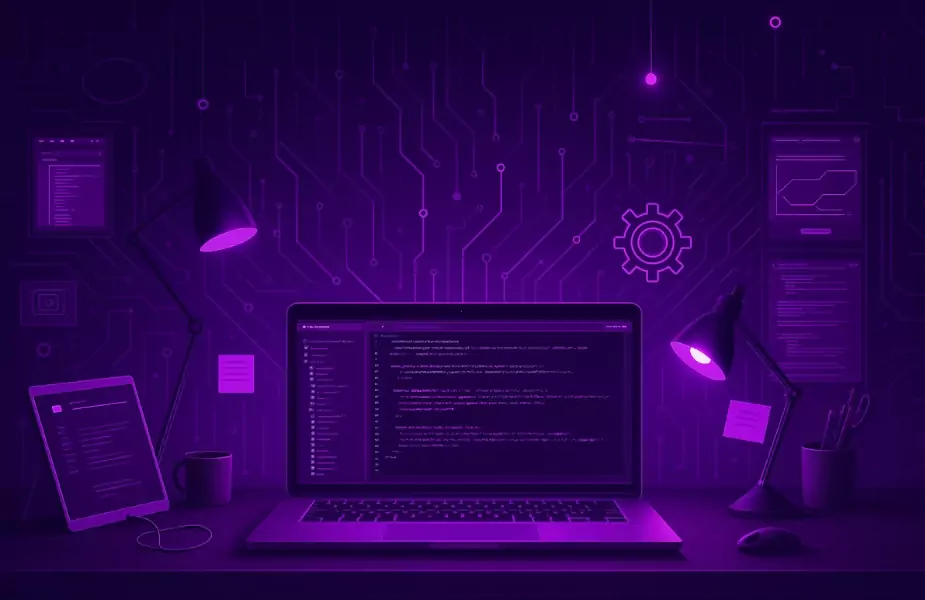Cyber threats are always changing in this era of digital warfare, so it’s highly important to have strong defenses in place. Effective patch management is key in the subject of cybersecurity, playing an integral part in protecting your organization’s valuable data from the constant barrage of cyber threats. This article discusses the significance of patch management—your digital armor for protecting against vulnerabilities—and describes a comprehensive strategy to strengthen your network security.
Strengthening Your Security Measures
Managing updates for software applications and technologies is an essential process in ensuring their security and functionality. Implementing a proactive approach to patch management is crucial as it not only addresses software bugs but also strengthens security by closing potential vulnerabilities that could be targeted by malicious actors. Imagine fortifying the defenses of your online stronghold to prevent any potential intrusions.
Identifying Your Most Valuable Assets
Not all systems are created equal in the world of cybersecurity. Make sure to give top priority to patching systems that house your most valuable assets, commonly known as your ‘crown jewels.’ These systems may contain valuable financial data, intellectual property, or personally identifiable information (PII). By giving priority to these systems, you can strengthen the most critical aspects of your organization against potential attacks.
Automation
Keeping up with patch management can be a daunting challenge in intricate IT environments. Automation is a reliable ally in your corner. Utilize patch management software to streamline critical processes such as vulnerability scanning, acquiring patches, and scheduling deployments. By implementing a robust patch management system, you can ensure that updates are consistently and promptly applied. This not only relieves your IT team of this responsibility but also allows them to dedicate their time and efforts to other crucial security tasks.
Testing Environments
Before deploying patches on your live systems, it is wise to conduct thorough testing in a controlled environment. With this testing ground, you can safely assess the impact of new patches on your software and hardware configurations, without putting your main operational systems at risk. Engaging in proactive testing can effectively minimize any potential disruptions or security vulnerabilities that may arise from the implementation of new patches.
User Communication
Patch management goes beyond technical implementation and requires the involvement of your end users. Ensure clear communication regarding the deployment of patches, including information about expected downtime and the significance of these updates. When individuals grasp the importance of their role in maintaining the organization’s security, they are more inclined to collaborate and adjust their work processes to accommodate patch deployments. This ultimately strengthens the overall security stance.
Stay informed and proactive with regular updates and a vigilant mindset.
Managing patches is a continuous process. It’s crucial to stay on top of the ever-changing landscape of cyber threats, which means your approach to patch management needs to be just as adaptable. Stay informed about the latest developments in cyber threats to stay one step ahead of potential vulnerabilities. Make sure to keep your patch management policies and practices up to date to stay ahead of the latest threats and incorporate the most effective practices.
Enhancing Your Future
Developing a successful patch management strategy necessitates ongoing assessment and enhancement. Regular evaluations of your patch management process can uncover opportunities for improvement, guaranteeing that your defense mechanisms stay up to date with or even ahead of potential cyber threats. Prioritizing regular training sessions for your IT team and end-users is important to keep them well-informed about the latest security protocols and practices.
Final Thoughts
Having a solid patch management strategy is crucial for establishing and upholding a strong cybersecurity defense. By implementing a well-thought-out patch management plan, you can proactively protect your organization from potential breaches. This not only helps to ensure that your operations continue smoothly but also safeguards your reputation. In cyber warfare, it’s crucial to adopt a proactive defense strategy as your strongest form of offense.
By implementing these proactive measures, your organization can greatly strengthen its security defenses. If you’re interested in enhancing your cybersecurity strategy, Protecxo offers expert guidance and robust security solutions customized to meet your specific requirements. Join forces and let’s create a fortified digital landscape for your organization’s future.




